Why Rubber Dams?
Developed back in the 1950s, these rubber dams, especially the air-filled ones, are in trend these days because they come with the quality of being inflated or deflated quickly. We commonly hear incidents of conventional dams being washed away during floods. Well, that won’t be the case with rubber dams, as they come with the ability of deflation whenever required and put back when the situations are normal.
Rubber dam technology emerges as a transformative solution with immense potential. Its versatility, efficiency, and environmental consciousness make it an ideal choice for optimizing water distribution, conserving precious resources, and mitigating the impacts of floods. By harnessing the power of rubber dams, we can embark on a path towards a more sustainable and resilient future, ensuring water security for generations to come. Around the world, more than 4500 inflatable rubber dams have been put into service. Apart from this, rubber dams have other advantages too, and they are:
- Cost-Effectiveness: These are often more cost-effective than traditional concrete dams. They require less capital investment during construction and have lower maintenance costs over their lifespan. Their flexibility and ease of installation also contribute to cost savings.
- Environmental Friendliness: Unlike concrete dams, rubber dams have minimal environmental impact during construction and removal. They do not require extensive earthworks or dam foundations. They are eco-friendlier and more sustainable.
- Faster Construction: After raft construction Rubber dam can be installed within 2 weeks. The installation process is very simple which doesn’t require any heavy machinery.
- Minimum Afflux: As there is less obstruction to natural river flow after rubber dam installation, hence very low afflux.
- Quick Operation: Easy to inflate and deflate all within 30-40 minutes from zero to max height.
- Power Consumption: As there is no lifting component, power requirement is very low. Only small blowers are required to inflate Rubber Dam which requires very less power and power requirement can be met with Solar.
- No Moving Parts: There are no moving components in Rubber dam operation.
- No Rusting: Rubber Dam consists of Rubber Bladder which is non-corrosive in nature. Also, Clamping Plates, nuts, bolts etc. which are not prone to rusting because clamping plates are made up of GFRP and nuts & bolts are of galvanised steel.
- State of Art Operation: Rubber dam technology, when integrated with a SCADA system, offers a highly efficient and advanced approach to water management. The SCADA system continuously gathers data from sensors installed on the rubber dam, such as water level sensors and pressure sensors. These sensors provide real-time information about the water levels and other relevant parameters.
- Ecological benefits: Rubber dams provide a more natural approach to water management compared to traditional concrete structures. They allow for better fish migration, preserve the natural flow of rivers, and sustain the habitats of various aquatic species.
Why Choose YOOIL Envirotech
YOOIL Envirotech is aimed at bringing avant-grade water management solutions with adherence to environmental conditions. With over 400 projects worldwide, we are leading the industry since our inception back in 1989. We ensure the construction of our dams with the utilisation of top-grade materials that further ensures uncompromised quality and performance. What brings more to the value of the range of services provided to us is our commitment to environmental sustainability.
From comprehensive technical assistance to customized solutions catered to your needs, we are here to work closely with you to ensure successful outcomes. Get in touch with us today!


